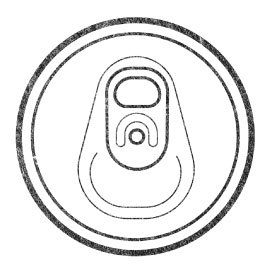Evolution of Cans

Very recently there has been a huge revolution in beer packaging that has seen many producers, even on a small scale, ditching the traditional glass bottle for aluminium cans.
Canning beer dates back to 1930s America, very shortly after prohibition, when the Gottfried Krueger company released a batch of steel cans in 1935. However, these were extremely different to anything we’d recognise today, having more in common with a tin of beans than a can of beer. These early cans required the seal to be punctured open with a knife or a similar sharp object. Shortly afterwards, these were replaced in 1937 by cans that had a short neck and sealed with a crown cap which were slightly more convenient than their predecessor but still reasonably awkward. Eventually, in 1965 the familiar ringpull design was introduced to the market and within a few years canned beer began to outsell the bottled equivalent.
Cans have a number of advantages over bottles, for both the drinker and the environment. They are completely impervious to penetration by UV light, so stop the beer becoming lightstruck and skunked. Given that they are lighter in weight than glass bottles, and their uniform stackable shape, they can be transported more efficiently, cutting shipping costs and emissions per unit. On a smaller scale, this means they are much more portable and it’s easier to stick a few cans in your backpack for a stroll than glass bottles. On an aesthetic note, cans allow for 100% of their surface to be used for design and some modern designs are truly stunning. Aluminium cans are also able to be recycled effectively an infinite amount of times, if they are recycled correctly.
Cans appear to be here to stay with more breweries announcing investment in canning lines, and technology becoming cheaper as demand grows.

1936

1937

1965

Present
Discover more in our knowledge section